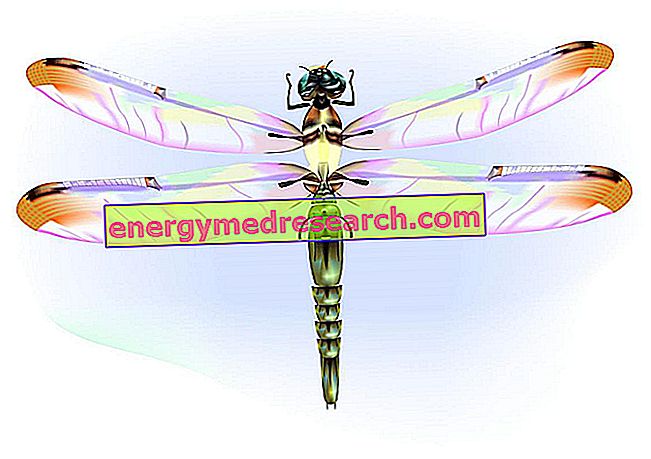
The body of invertebrate organisms consists of a series of upper plates known as tergites and lower plates known as sternites; the entire structure is then held together by an extendable and resistant membrane.
The insect abdomen contains the digestive tract and the reproductive organs; in most Species it is composed of eleven segments, although the latter is absent in almost all specimens in adult form.
Sometimes, the abdomen of insects belonging to different Orders is significantly different. In the Apocrita (bees, ants, wasps), the first segment of the belly is fused with the thorax and is called propodeum. In ants, the second segment is very thin and resembles a petiole but some species have an additional one; the remaining segments form a region called gastro-bulbous. The fusion of the thin portions and the gastro-bulbous is called the metasoma.
Unlike other Arthropods (Phylum), the abdominal portion of adult insects has no legs, although the Proturas are characterized by having protuberances similar to rudimentary limbs placed in the first three abdominal segments. The Machilida boast small articulated "styles" which, at times, are to be considered real propulsive appendices.
Many larval insects, including the Lepidoptera and the Symphyta, have fleshy appendages called pro-paws that allow them to grasp the edges of the leaves during walking; these are located right on the abdominal segments.
Unlike that of mammals, the abdomen of insects has not only a function of containment of the viscera and mobility of the trunk-hip extremities, but acts as an insertion site for real appendages useful for movement.



